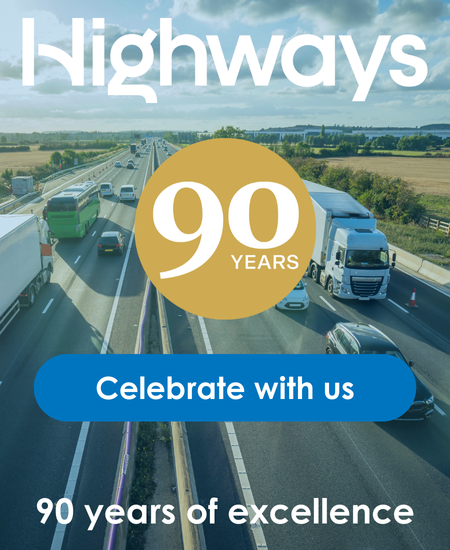The UK’s first specification for the detection of underground utilities will allow practitioners to detail the services they provide to a recognised level for the first time.
Following industry-wide consultation and review a national specification for the detection, verification and location of underground utilities – PAS 128 – is now available to survey professionals from the British Standards Institution.
It is sponsored by the Institution of Civil Engineers and facilitated by BSI Standards Limited.
PAS 128 seeks to improve asset information amongst stakeholders by setting out clear and unambiguous information on the scope and accuracy of different methodologies used for utility surveys.
It aims to encourage fair competition, provide the basis for consistent and reliable levels of service across the utility detection industry and to raise survey standards.
President of TSA, Graham Mills, said: “The risks associated with incomplete and inaccurate information on underground utilities are well known. Utility surveys are an essential part of every design and construction project. The development of PAS 128 highlights the importance of this survey discipline and widespread adoption of this specification can only enhance the professionalism of those that work in this industry.”
TSA joined other stakeholders in discussions with the British Standards Institute in 2012 when it was agreed that a standard should be written in the form of a publicly available specification (PAS). TSA and several of their membership helped to fund its development.
Principally, the document specifies four quality levels used to record utility searches and any associated site reconnaissance, detection, verification and location. An indication of the comparative accuracies and certainties of each method are shown, allowing the costs and timescales related with each method to be quantified.
Peter Barker, one of the four experts chosen for the PAS 128 drafting panel, represented TSA on the steering group that reviewed the document before publication.
He said: “PAS 128 sets a minimum standard which the practitioner has to follow based on what is agreed as ‘good practice.’ A practitioner may at their discretion offer a survey to a higher standard that the required by PAS 128. Nonetheless, this minimum standard, if followed, will deliver a robust utility survey that is fit for purpose for most client requirements.”
The Survey Association’s ‘Essential Guide to Utility Surveys’ has long been the reference document for clients seeking comparable tenders and was the first guidance of its kind to set a benchmark on good practice for survey companies.
The technical committee of TSA are currently revising their guidance to help clients use PAS 128 to prepare tender documents that best suit the requirements of their project and to help practitioners correctly interpret PAS 128 to deliver high quality surveys at the right price.





